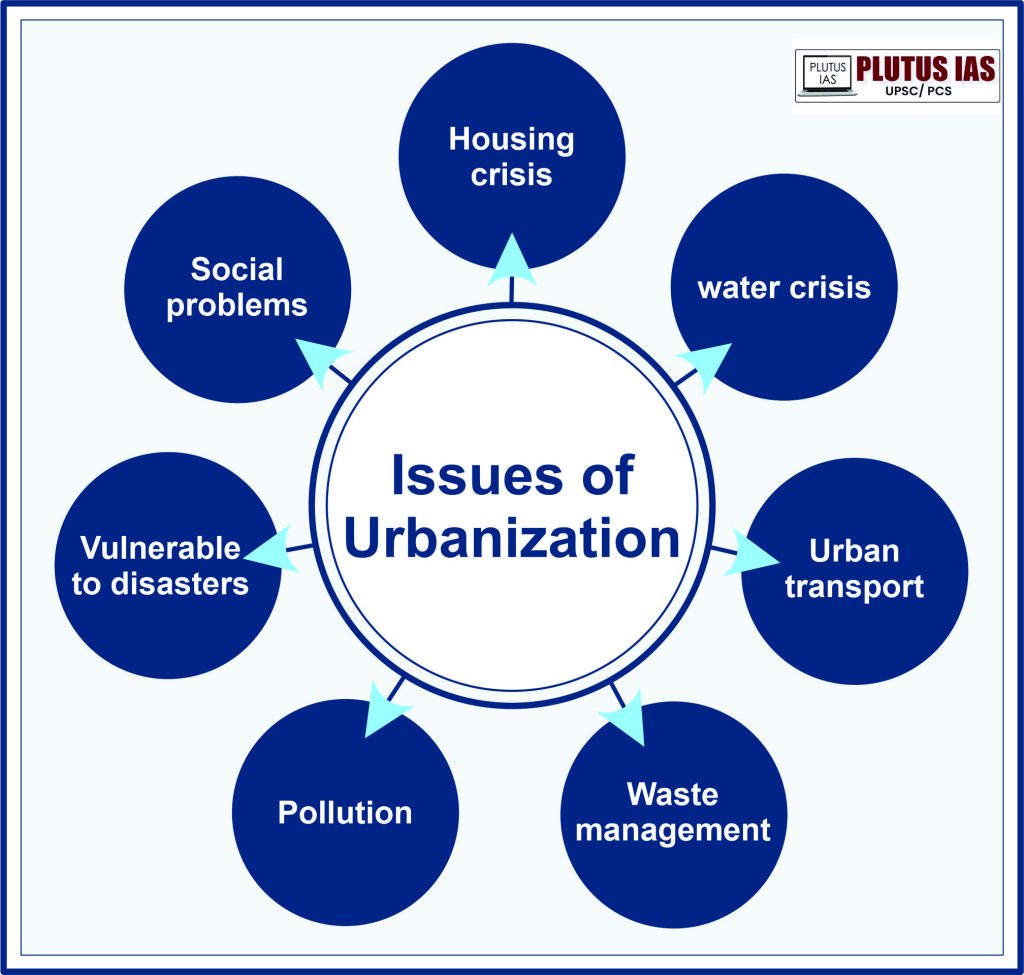19 Mar Merging Cantonments with Municipalities
This article covers ‘Daily Current Affairs’ and the topic details of ”Merging civil areas of some cantonments with state municipalities”. This topic is relevant in the “Polity and Governance” section of the UPSC CSE exam.
Why in the News?
Lately, the government has released a notice to remove the status of civilian zones from 10 out of 58 cantonments across the country. These zones will now become part of the respective State Municipalities. The aim is to separate specific areas within these cantonments and integrate them with the local governing bodies of the state.
About Cantonments
Cantonments are designated areas in India that primarily house military personnel and their supporting infrastructure. Originally temporary military camps, they have evolved into semi-permanent settlements with housing, offices, schools, and other facilities for both soldiers and their families.
- A Colonial Legacy
The history of cantonments in India is linked to the British East India Company. The first one was established in 1765 near Calcutta (Kolkata) following the Battle of Plassey in 1757. Initially meant for troop deployment, these areas have expanded to include civilians who provide essential support services to the military.
- Governance with Checks and Balances
The Cantonments Act of 1924 formalised their administration. This act established a legal framework for managing, developing, and regulating these areas. Cantonments are classified (Class I to Class IV) based on size and population. Each category has a board with equal representation from elected civilians and nominated/ex-officio members, including the military commander and a Defence Estates Organisation officer.
Cantonment Administration in India
Structure and Representation: Ensuring Diverse Voices
- Cantonments in India are categorised into four classes (I to IV) based on size and population. Each class has a dedicated board responsible for various administrative functions. These boards are structured to ensure balanced representation. They include elected civilians alongside nominated and ex-officio members.
- The station commander of the cantonment serves as the ex-officio president of the board, providing crucial military leadership. An officer from the Defence Estates Organisation acts as the chief executive and member-secretary, bringing expertise in managing these specialised areas. This structure ensures a voice for both civilian residents and the military within the cantonment.
Centralised Oversight with Local Control
The Ministry of Defence, through an inter-services organisation, directly oversees the administration of cantonments. This centralised control aligns with the Indian Constitution’s designation of “Urban Self Governance of the Cantonments” as a subject under the central government’s purview. Currently, there are approximately 62 notified cantonments across the country governed under the Cantonments Act.
Regulation of Urban Governance
Urban governance in India is a multifaceted system-
- Ministry of Defence oversees cantonments
- Ministry of Housing and Urban Affairs takes the lead for most urban areas in the country.
- Ministry of Home Affairs manages urban governance in Union Territories.
- At the state level, the picture gets even more intricate. Since “urban governance” falls under the state list of the Constitution, the administrative framework and regulations for Urban Local Bodies (ULBs) vary across states.
- The Constitution (74th Amendment) Act of 1992 played a significant role in establishing ULBs, including municipal corporations, as institutions of local self-government. This act empowered states to devolve specific functions, authority, and revenue collection powers to these bodies while mandating regular elections for their representatives.

Arguments for Merging Cantonments with Municipalities
- Uniform Governance: Currently, cantonments operate under a separate system compared to municipalities. Merging them would bring uniformity in laws, regulations, and administrative processes for all residents.
- Improved Civic Amenities: By combining resources and expertise, a unified administration could potentially lead to better infrastructure development, waste management, and public services across the entire area.
- Enhanced Citizen Participation: Residents of cantonments often have a limited say in local governance. Merging could give them a stronger voice through participation in municipal elections and decision-making processes.
- Reduced Duplication of Efforts: Separate administrations for cantonments and municipalities can lead to duplication of efforts and inefficient resource allocation. Merging could streamline operations and optimise resource utilisation.
Issues to Consider
- Security Concerns: Military establishments within cantonments require specific security protocols. Merging raises concerns about maintaining those protocols while integrating civilian areas.
- Financial Strain on Municipalities: Some municipalities might struggle to absorb the additional infrastructure and service needs of cantonments, potentially leading to financial strain.
- Resistance from Existing Power Structures: Existing cantonment board members and municipal councillors might resist a merger that could change their roles or influence.
- Loss of Unique Character: Cantonments often have a distinct character due to their military history and planned layout. Merging could lead to a loss of this unique identity.
Download plutus ias current affairs eng med 19th March 2024
Prelims practise question
Q1. Consider the following statements:
- The role of the District Planning Committee in Panchayati Raj is to Coordinate development activities in the district
- The term duration for Panchayats as per the 73rd Amendment Act is 5 years
- 21 years is the minimum age to contest elections for the post of a Panchayat Samiti member
How many of the above statements are correct?
(a) Only one
(b) Only two
(c) Only three
(d) None
ANSWER: B
Mains practise question
Q1. What are the primary functions of the Cantonment Boards, and how do they ensure balanced representation between civilians and the military?
Q2. Analyse the potential challenges and concerns associated with merging cantonments with municipalities, particularly in terms of security, finances, and resistance from existing power structures.
I am a content developer and have done my Post Graduation in Political Science. I have given 2 UPSC mains, 1 IB ACIO interview and have cleared UGC NET JRF too.



No Comments